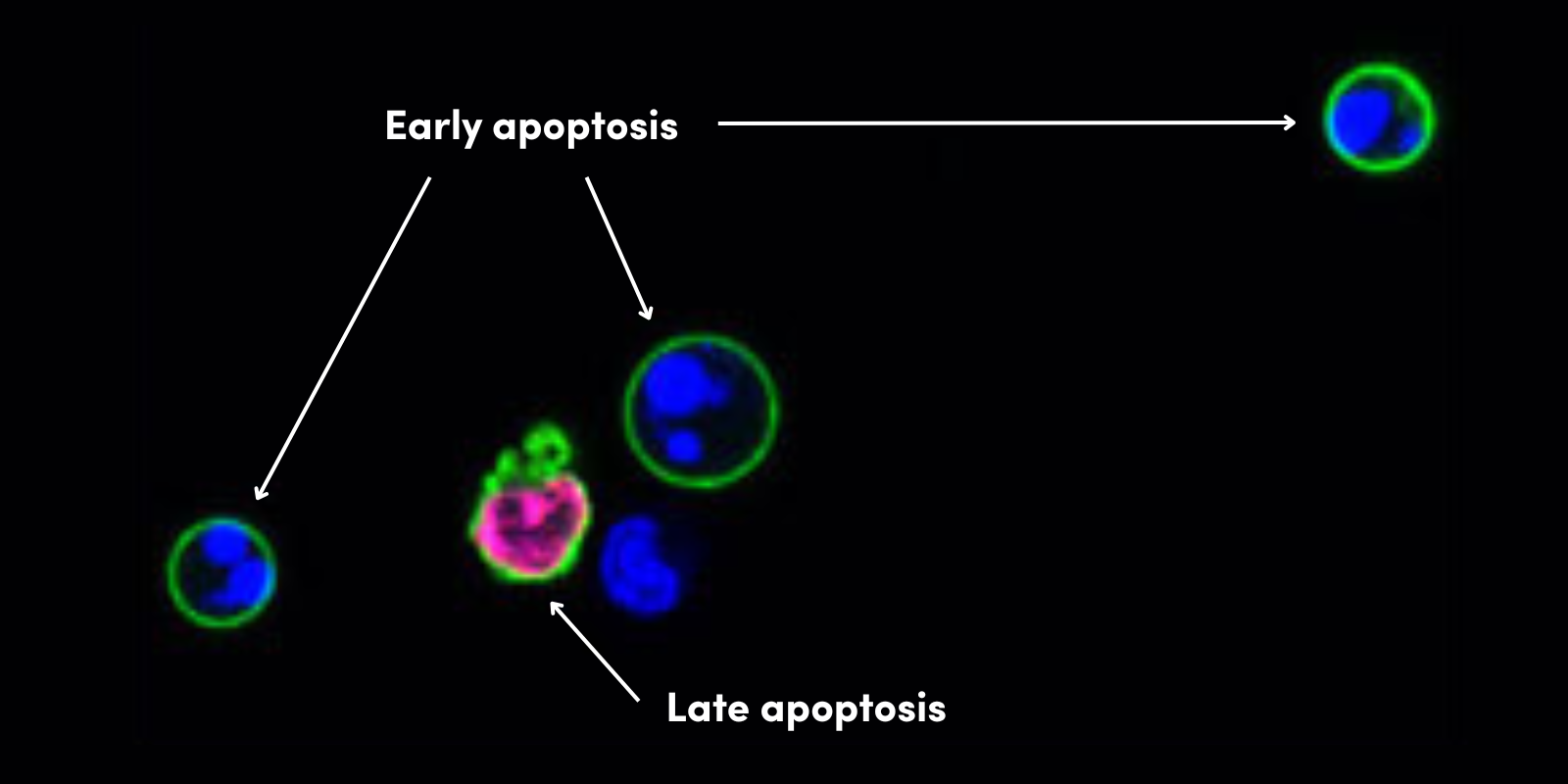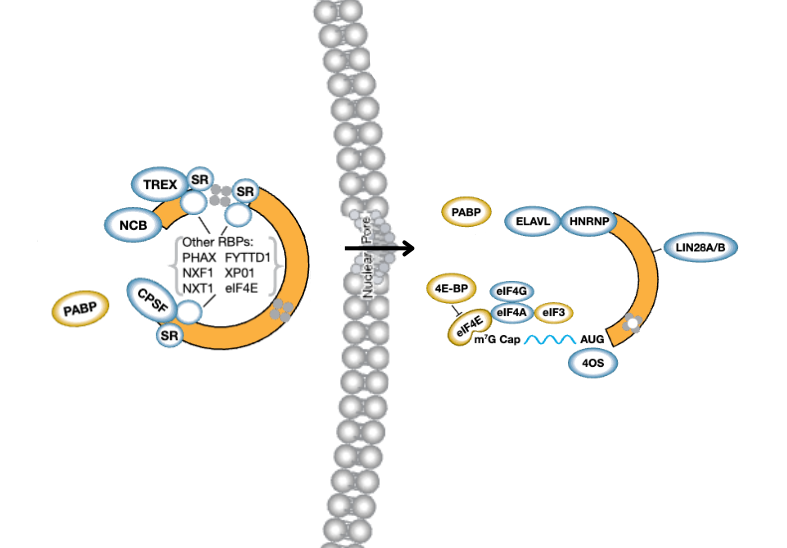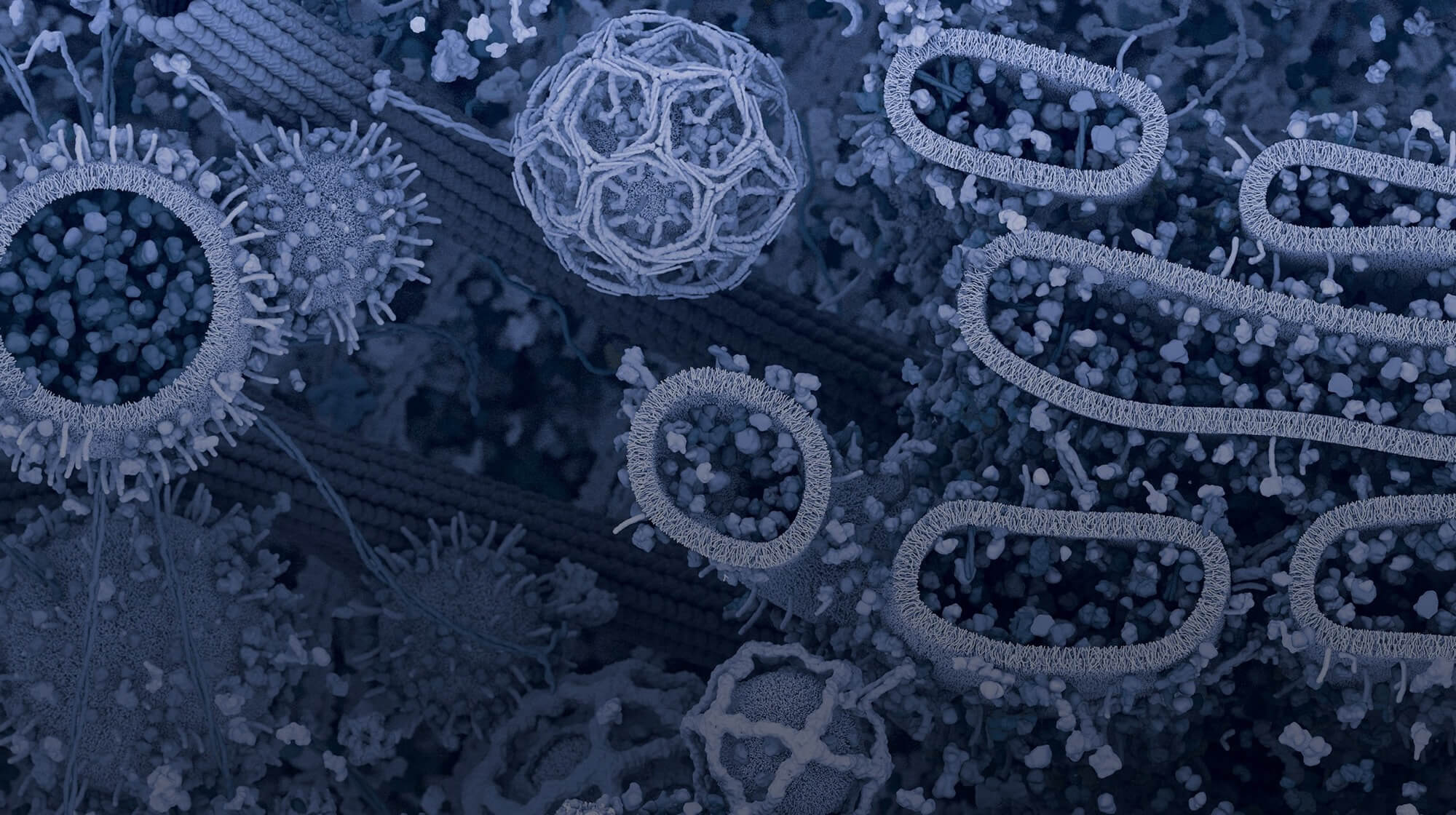Journal Club: YAP-dependent reprogramming of Lgr5+ stem cells drives intestinal regeneration and cancer.
This was published in the October 29th, 2015 issue of the journal Nature by Gregorieff et al., from the Lunenfeld Tanenbaum Research Institute and University of Toronto, Ontario Canada. The article, YAP-dependent reprogramming of Lgr5+ stem cells drives intestinal regeneration and cancer, focuses on stem cell dynamics within the intestinal epithelium, the most rapidly self-renewing tissue in adult mammals.
When thinking about fundamental biological phenomena such as self-renewal, cell growth, and regeneration, a multitude of signaling nodes come to mind; Wnt signaling and the Hippo pathway are two such nodes. While Wnt signaling is known to promote the self-renewal of intestinal stem cells (ISCs) under homeostatic conditions, it remains unclear as to what governs ISC function in the context of injury or tissue insult. In the article, the authors provide convincing evidence in support of a key role for the Hippo pathway.
The findings of this study support the claim that YAP (Yes-associated protein), a transcriptional co-activator and a downstream effector of the Hippo tumor suppressor pathway, plays a critical role in maintaining a functional ISC pool during regeneration after exposure to ionizing radiation (IR).
The authors exploit organoids as an ex vivo model system that recapitulates stem cell-mediated morphogenesis of the intestinal epithelium. This includes the formation of intestinal crypts, comprised of Lgr5+ stem cells, their differentiating daughter progeny, and other specialized cell types (e.g., Paneth cells) that make up the intestinal villus.
The first line of evidence that implicates the Hippo pathway in governing ISC regeneration centers around an examination of irradiated intestinal crypts in the absence of YAP, showing that crypt proliferation is dramatically reduced in YAP null ex vivo organoids. The authors demonstrate that not only does YAP support radiation-induced ISC regeneration, but it also strongly inhibits excessive differentiation into Paneth cells, by transient suppression of Wnt signaling during crypt regeneration. The nature of this observation is somewhat paradoxical since YAP appears to restore stem cell growth within the crypt by suppressing the very same protein-ligand (Wnt) that is normally involved in maintaining this growth. This unravels a context in which the ability of YAP to down-modulate the Wnt response is uncoupled from its ability to sustain a functional stem cell population.
The authors attempt to address this apparent biological paradox further by examining whether the YAP-driven regenerative program can inadvertently contribute to intestinal tumorigenesis.
To test this idea, the authors use a mouse model of intestinal cancer driven by the loss of the tumor suppressor Apc involved in regulating canonical Wnt signaling. YAP deletion in ApcMin mice (Min indicates multiple intestinal neoplasia) markedly reduces polyp formation and extends lifespan.
It is known that APC destabilizes β-catenin targeting it for proteosomal degradation and thus disrupting canonical Wnt signaling. The authors propose that aberrant Wnt signaling in the context of Apc loss synergizes with YAP to drive tumorigenesis. Furthermore, the authors show that YAP loss diminishes, while YAP overexpression enhances phospho-Erk1/2 levels and that treatment with an EGF receptor inhibitor mimics loss of YAP in Apc null organoids, suggesting that the YAP-mediated pro-tumorigenic regenerative program is dependent on signaling through the EGF receptor. This is reinforced by the ability of Epiregulin, an EGF receptor ligand, to overcome defective crypt formation in the absence of YAP.
Thus either attenuation of canonical Wnt signaling or EGF activation through Epiregulin can compensate for the absence of YAP in mending intestinal crypt morphogenesis, highlighting how damage-induced ISC regeneration provokes a cross-talk between three distinct signaling pathways, the Hippo, Wnt, and EGF signaling pathways.
Well, whether you are in a stem cell lab, a signaling lab or a translational lab, perhaps this could be your next journal club paper. Enjoy the read!
Click/tap below to learn about CST products related to the Hippo pathway.






